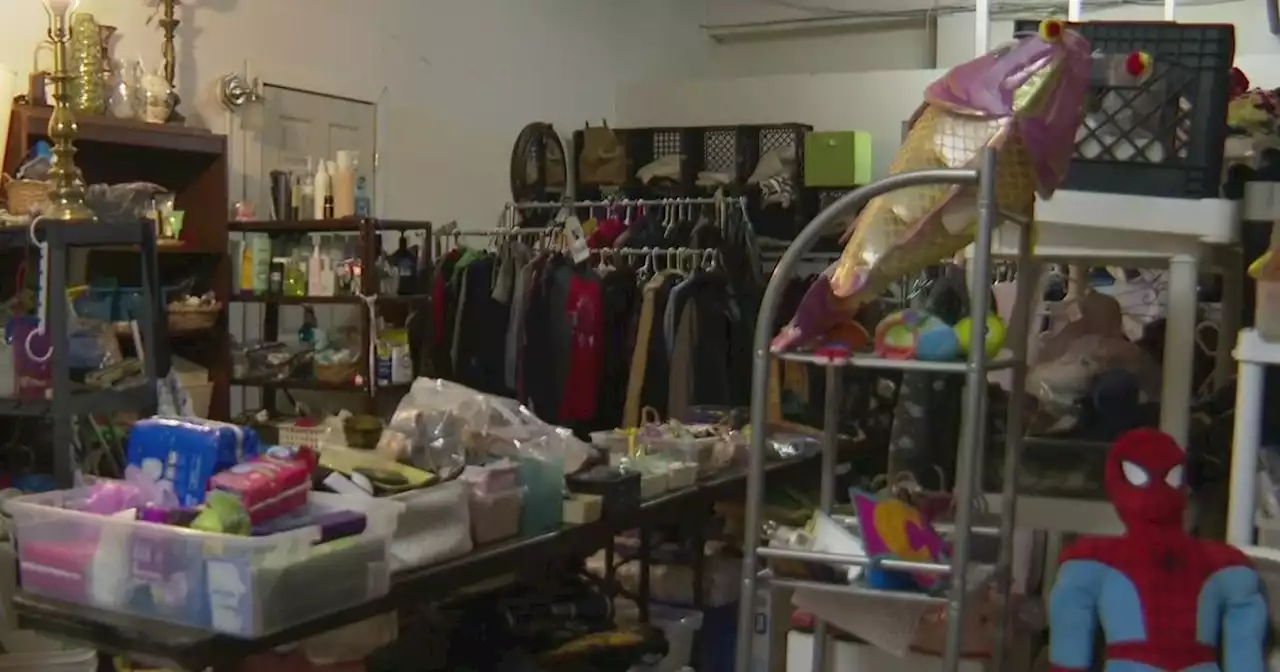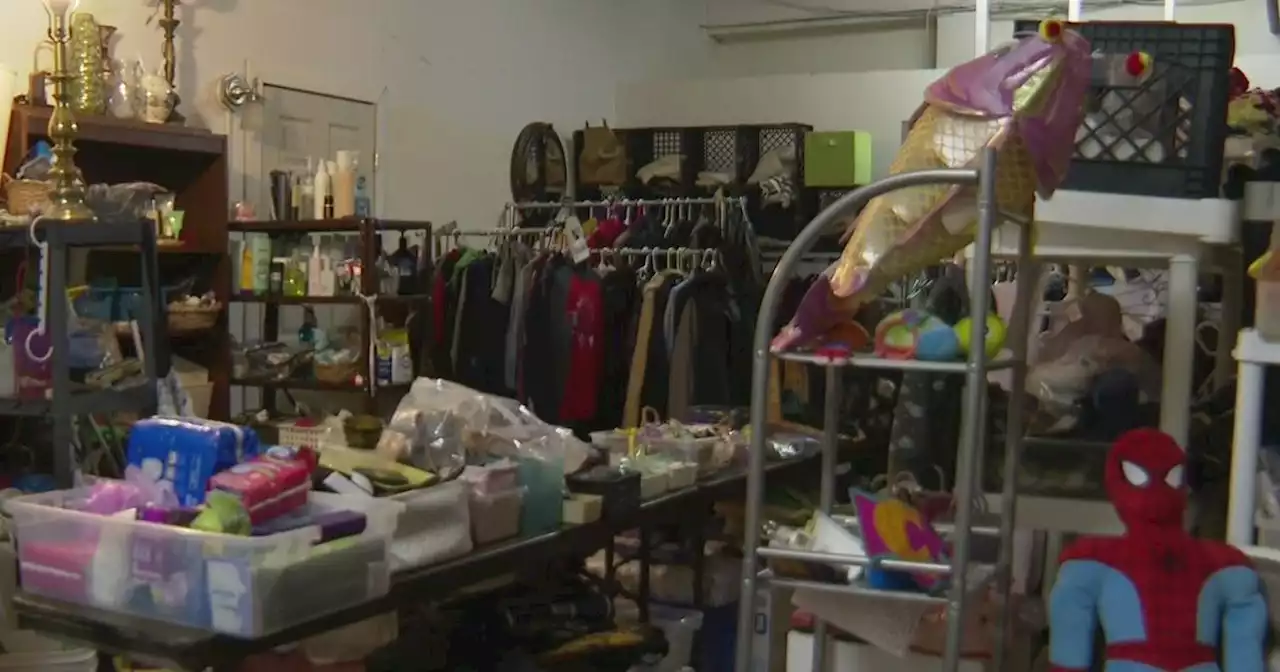Misfolded proteins pose a threat to cellular health, as they interfere with normal functions and contribute to age-associated degenerative conditions such as Alzheimer's, Parkinson's, and Huntington's diseases. The mechanisms by which cells eliminate these harmful proteins are not yet fully understo
researchers. They uncovered a previously unidentified cellular pathway that facilitates the removal of misfolded proteins from the nucleus, where the cell’sis stored, transcribed, and replicated. Maintaining the integrity of these processes is crucial for proper cellular function. This newly discovered pathway offers potential therapeutic targets for treating age-related diseases.
“The first exciting thing was that we actually found that there’s communication between the nucleus and the cytoplasm,” said Emily Sontag, the co-lead author of the paper and a former postdoctoral student in the Frydman Lab. “So they’re telling each other, ‘We both have a lot of misfolded proteins; let’s coordinate to send them here to this garbage dump so that they can be removed.’”
“While the cell decides whether to refold or degrade proteins, it sequesters them into these membrane-less inclusions,” said Frydman, who is senior author of the paper. Inclusions are clusters of misfolded proteins that occur in both the cytoplasm and in the nucleus. “It shows that the management of misfolded proteins in the nucleus and the management of misfolded proteins in the cytoplasm are distinct but are coordinated,” said Frydman. “And what is really cool is that each compartment moves their misfolded proteins to the site where the nuclear envelope meets the vacuolar membrane.”The vacuole in yeast is equivalent to the lysosome in mammalian cells.
“Even though they come to the same spot, they don’t get into the vacuole by the same door,” said Morales-Polanco. Another next step is to define how the communication between the nucleus and cytosol happens along the pathway, and yet another is to see how the pathway is affected by aging.
United States Latest News, United States Headlines
Similar News:You can also read news stories similar to this one that we have collected from other news sources.
 Rogers Park Free Store gives refugees basic necessities and hope for a new life'I think I'm paying back for the great life I've had.'
Rogers Park Free Store gives refugees basic necessities and hope for a new life'I think I'm paying back for the great life I've had.'
Read more »
 Rogers Park Refugee Free Store gives refugees basic necessities and hope for a new life'I think I'm paying back for the great life I've had.'
Rogers Park Refugee Free Store gives refugees basic necessities and hope for a new life'I think I'm paying back for the great life I've had.'
Read more »
 Nate Smith on His Debut Album: ‘I Want to Sing Songs That Mean Something’The “Whiskey on You” hitmaker pours truth, pain, and hope into his new set.
Nate Smith on His Debut Album: ‘I Want to Sing Songs That Mean Something’The “Whiskey on You” hitmaker pours truth, pain, and hope into his new set.
Read more »
